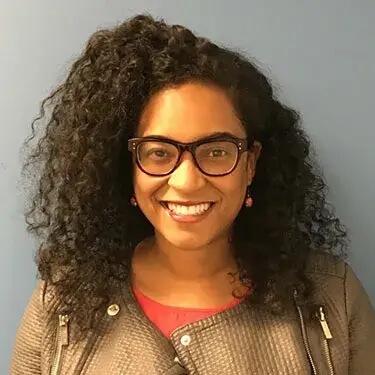FOCUS ON WELLNESS
Healing-centered environments fill gaps in educator wellness
By Jacobē Bell
Categories: Personalization, Reaching all students, Social & emotional learningApril 2023
Read the remaining content with membership access. Join or log in below to continue.
Sed ut perspiciatis unde omnis iste natus error sit voluptatem accusantium doloremque laudantium, totam rem aperiam, eaque ipsa quae ab illo inventore veritatis et quasi architecto beatae vitae dicta sunt explicabo. Nemo enim ipsam voluptatem quia voluptas sit aspernatur aut odit aut fugit, sed quia consequuntur magni dolores eos qui ratione voluptatem sequi nesciunt. Neque porro quisquam est, qui dolorem ipsum quia dolor sit amet, consectetur, adipisci velit, sed quia non numquam eius modi tempora incidunt ut labore et dolore magnam aliquam quaerat voluptatem.
Education systems need to do more to promote teachers’ well-being than the typical wellness week events. There is no quick fix to the stresses and challenges educators face.
References
Acosta, A. (2020, July 31). Contemplative science and practice through a healing-centered perspective [Video]. The Center for Contemplative Mind in Society. www.youtube.com/watch?v=tI5NLZrvpv8
Bryk, A., Gomez, L.M., Grunow, A., & LeMahieu, P.G. (2015). Learning to improve: How America’s schools can get better at getting better. Harvard Education Press.
Garcia, A. (2019). A call for healing teachers: Loss, ideological unraveling, and the healing gap. Schools, 16(1), 64-83. doi.org/10.1086/702839
Ginwright, S. (2018). The future of healing: Shifting from trauma informed care to healing centered engagement. bit.ly/3ZEWTzE
Hammond, Z. (2014). Culturally responsive teaching and the brain. Corwin.

Jacobē Bell (jbell@teachingmatters.org) is a network director at Teaching Matters.
Categories: Personalization, Reaching all students, Social & emotional learning
Recent Issues
NAVIGATING NEW ROLES
April 2025
Whether you’re new to your role or supporting others who are new,...
LEARNING DESIGNS
February 2025
How we learn influences what we learn. This issue shares essential...
BUILDING BRIDGES
December 2024
Students benefit when educators bridge the continuum of professional...
CURRICULUM-BASED PROFESSIONAL LEARNING
October 2024
High-quality curriculum requires skilled educators to put it into...











